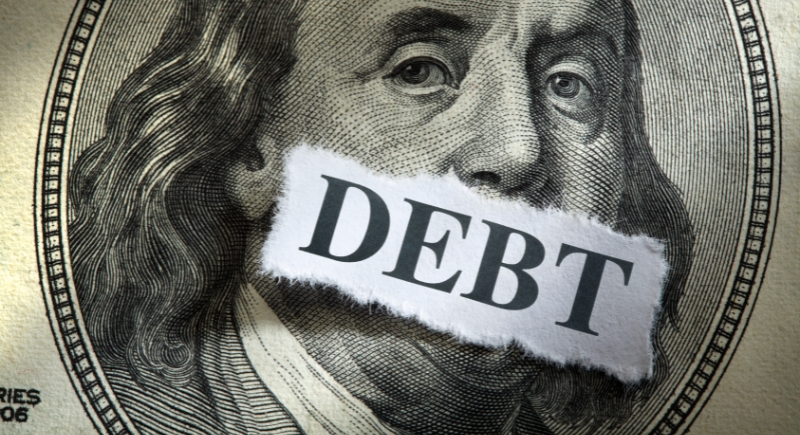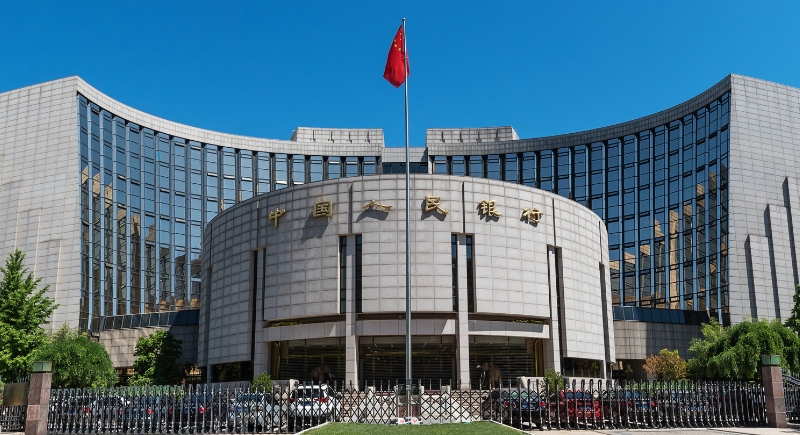So if Every Country Is in Debt, Who Did They Borrow the Money From?
Debt isn’t new. Long before banks or paper money, it existed in the form of a promise. You’d lend your neighbor a bag of grain, and they’d repay you after the harvest, maybe with a little extra. Over time, that simple trust system grew into bonds and loans that let kings build castles and governments fund wars.
Fast-forward a few centuries, and borrowing has become the very engine of growth for modern economies. Instead of being the last resort, debt is now the norm. The United States is currently sitting on more than $37 trillion of debt. As you add up the rest of the world, that number balloons to more than $324 trillion. But the question remains: Who exactly is footing the bill when most countries are in debt?
Citizens as Lenders

Images via Getty Images/DNY59
A big chunk of debt comes from everyday people. Governments issue bonds, which are IOUs with interest, and sell them to banks, pension funds, insurance companies, and even individual investors. These bonds can last weeks or decades, but the idea is simple: you lend the government money, and they promise to pay you back later with interest.
Sovereign defaults in advanced countries are rare, but not impossible, and emerging economies have defaulted many times in history. In the United States, about 70% of federal debt is held domestically through households, banks, funds, and the Federal Reserve. When your bank invests in Treasury bonds or when your retirement fund holds government debt, you’re essentially lending money to your own country.
Borrowing From Abroad

Image via Getty Images/bingdian
The other big piece of the puzzle comes from foreign players. Countries often buy each other’s bonds to store their extra money safely. Japan and China are two of the largest holders of U.S. Treasuries, with China holding around three-quarters of a trillion dollars.
Conversely, American banks and funds hold debt from China, Europe, and beyond. This large loop where money moves across borders is not without risks. When a government takes out loans in another currency, exchange rate shifts can make debt far more expensive, as seen in many developing nations that borrow in U.S. dollars.
Governments Lending to Themselves
It might sound strange, but governments can also borrow from themselves. In America, agencies like the Social Security Trust Fund sometimes collect more money than they immediately need. Instead of letting it sit idle, they buy government bonds, essentially lending it back to the Treasury.
Central banks play a role, too, but with an important nuance: the Federal Reserve cannot buy bonds directly from the Treasury and instead purchases them on the secondary market. Large-scale purchases, known as quantitative easing, are used to stabilize economies in crises.
Unlike in fragile economies such as Zimbabwe or Venezuela, where unchecked money creation has led to hyperinflation, advanced economies like the U.S. and the European Union have conducted such policies without spiraling into runaway inflation.
Why the System Keeps Going

Image via Getty Images/shironosov
So why don’t countries just stop borrowing altogether? Because debt fuels growth. When governments spend borrowed money, businesses earn more, workers get paid, and spending increases. It becomes a feedback loop that keeps the economy alive. Cutting off borrowing would mean slashing spending, which leads to job losses and shrinking economies. That’s why politicians rarely campaign on austerity; people want growth, not cutbacks.
To Sum It Up…
Most countries are in debt, but the money isn’t owed to some shadowy figure in the background. It’s owed to citizens, banks, pension funds, foreign governments, and sometimes even the country itself. Debt flows through a complex system of domestic and international finance, borrowed and repaid to keep economies running. The tricky part is making sure the engine doesn’t overheat, because once trust breaks and lenders back away, the entire cycle can turn from steady growth to crisis almost overnight.